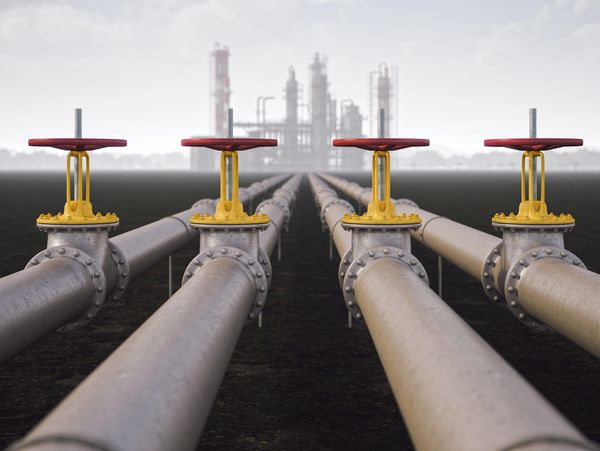India Copper Market

Journey of Indian Copper in last decade
- 2015: MMDR Act introduces transparent mineral block auctions.
- 2018–20: Two CL copper blocks auctioned; HCL ICC and Vedanta Tuticorin plants closed.
- 2021: Adani starts 0.5 MTPA refinery (plus 0.5 MTPA by 2029).
- 2022: Vedanta wins CL block; Govt lists 30 critical minerals.
- 2023: QCO for 9 copper standards notified; two more CL blocks auctioned.
- 2024: Concentrate BCD cut to zero; Reverse Charge Mechanism applied to scrap.
- 2025: Customs duty removed on waste & scrap of critical minerals including copper.

India’s Copper Smelting Capacity
- Domestic mining: 2% of India’s copper supply.
- Supply mix: 29% processing imports, 38% recycling, 31% direct imports.
- Net cathode: 0.844 MT (0.509 MT domestic, 0.335 MT imports).
- Scrap to melting: ~0.66 MT (0.368 MT domestic, 0.291 MT imports).
- Net semis to end-use: 1.72 MT (1.503 MT domestic, 0.22 MT imports).
- Key refiners: Hindalco (Birla Copper), Adani, Vedanta.

Copper & the Circular Economy — In Brief
- Copper is fully recyclable with no loss of quality; recycled copper matches primary copper.
- About 32% of global copper use comes from recycling; roughly 40% of in-use copper is recycled content.
- India’s recycling share is near 1%, indicating large headroom for growth.
- Circular flow: factory/consumer scrap → collection → remelting → semis → end use → return, lowering carbon and costs.
This website uses cookies.
We use cookies to analyze website traffic and optimize your website experience. By accepting our use of cookies, your data will be aggregated with all other user data.